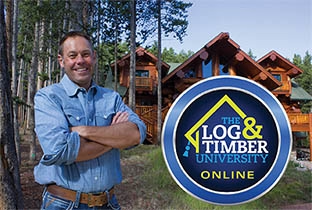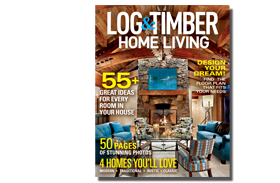
In home building, the idea of “going green” means different things to different people. For some, it’s all about energy efficiency/independence and environmentally friendly materials and building practices; for others, it’s about wellness and sustainability.
While not typically required, certifying that your house meets your green goals through measurable standards symbolizes a commitment to sustainability, energy efficiency, environmental practices and resident health.
With the variety of designations available, do you know which one evaluates the traits that are important to you? Here’s a breakdown of six commonly used green-building designations in North America and what they stand for.
LEED (Leadership in Energy and Environmental Design)
- Developed by the U.S. Green Building Council (USGBC), LEED is one of the most widely recognized green-building certifications.
- Points are awarded based on key criteria: energy performance, water efficiency, indoor-air quality, material sourcing, site sustainability, design innovation and regional priority. A building can achieve certified, silver, gold or platinum status.
ENERGY STAR
- Managed by the U.S. Environmental Protection Agency (EPA), this program has been identified more with the efficiency of appliances, but it also certifies energy performance standards for buildings.
- Its focus is on operational energy efficiency, rather than overall environmental footprint.
WELL Building Standard
- Where other green certifications focus on the structure itself, this standard measures the health and well-being of a building’s occupants because of the structure.
- Air quality, lighting, thermal comfort, nourishment, fitness and access to nature, with a focus on human-centric design, lie at the core of this program.
Living Building Challenge
- This rigorous green building certification emphasizes regenerative design, sustainability and achieving a net-positive impact on the environment.
- It encompasses seven performance categories called “petals,” which evaluate place, water, energy, health and happiness, materials, equity and beauty.
Net-Zero Energy Certification
- With reducing energy consumption as its primary goal, it may be granted to homes that produce as much energy as they consume over the course of a year, hence operating at a net-zero level.
- The path to certification involves a combination of energy-efficient design and renewable energy production (e.g., solar panels, wind turbines).
Passive House (Passivhaus)
- Originating in Germany with a significant presence in North American residential construction, Passive House standards take Net-Zero to the next level.
- It focuses on reducing a building’s energy consumption by emphasizing high insulation levels, airtightness and, most notably, high indoor-air quality and heat recovery ventilation.
What These Designations Mean for You
- Energy & Cost Savings: Buildings with green designations are typically more energy-efficient, which can reduce long-term utility costs.
- Marketability & Value: They often have higher resale values and are more attractive to buyers looking for sustainable, eco-friendly spaces.
- Incentives: Many local governments offer tax breaks, grants and other incentives to owners of green-certified buildings.
- Health: Green buildings prioritize air quality, lighting and temperature control, creating spaces that promote physical and mental well-being.
- Lower Operating Costs: Sustainable practices such as energy-efficient lighting and water-saving fixtures translate to lower utility bills.
- Resilience & ROI: Green buildings are often designed to be more resilient to climate change and other environmental challenges, making them long-term, sustainable and profitable investments.











